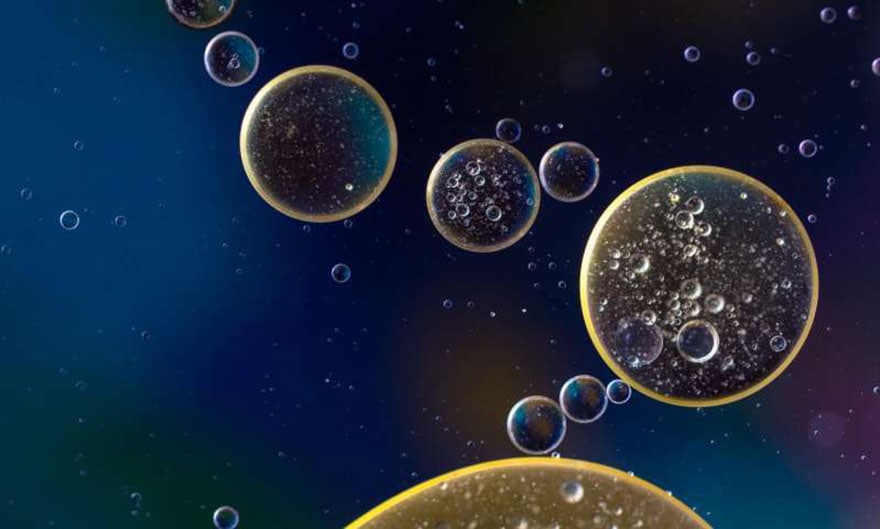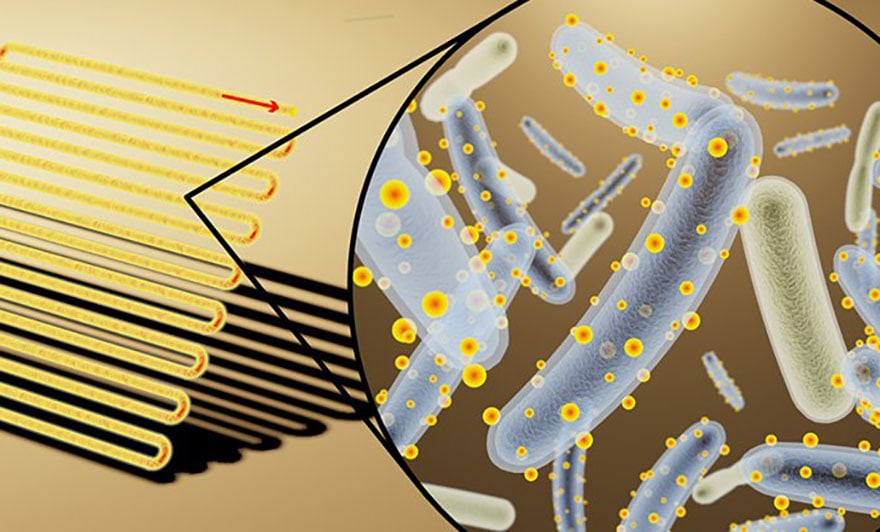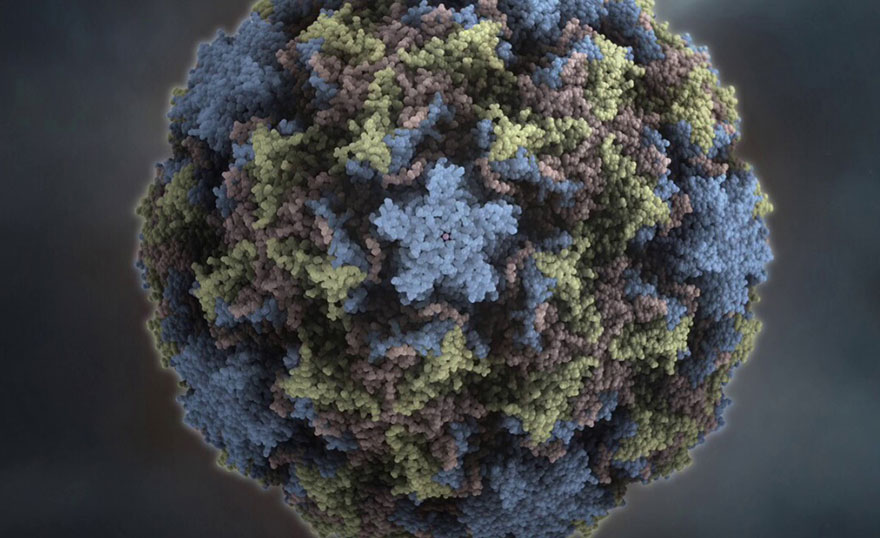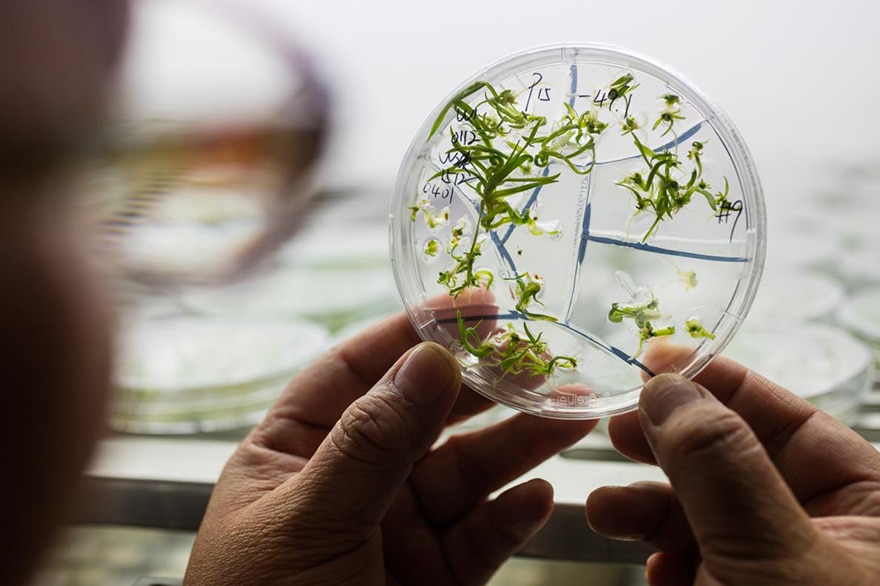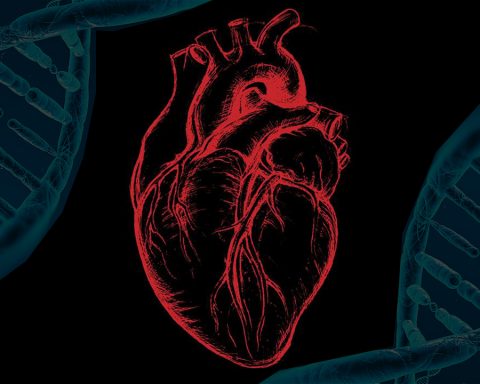
Dans les contes de fées, seule une baguette magique pouvait transformer une grenouille en prince ou une souris en cheval ! Mais dans le monde réel, transformer un être vivant en un autre n’est pas si facile. Quoi que … En effet, au cours des dernières années, des scientifiques ont découvert comment le faire, avec de minuscules cellules vivantes individuelles : des cellules souches pluripotentes induites. Les scientifiques sont capables de ramener les cellules adultes à l’état embryonnaire, puis de les manipuler pour recréer un tissu particulier. Aujourd’hui, un nouveau modèle pourrait éliminer ce processus fastidieux, en supprimant l’étape intermédiaire et en programmant directement les cellules pour les transformer en ce que nous voulons qu’elles deviennent. Magique !?
« Les cellules de notre corps se spécialisent toujours d’elles-mêmes », explique la chercheuse en bioinformatique Indika Rajapakse de l’Université du Michigan. « Ce que nous proposons pourrait être un raccourci pour aider n’importe quelle cellule à devenir un type cellulaire ciblé. »
Les racines de ce nouveau cadre de recherche remontent à la découverte des cellules souches pluripotentes induites et au travail des chercheurs du Fred Hutchinson Cancer Research Centre, en 1989, qui aboutit à une méthode pour transformer les cellules cutanées adultes en cellules musculaires.
En fait, l’équipe à l’origine de cette méthode a remporté le prix Nobel pour avoir découvert comment prendre une cellule cutanée humaine ordinaire et la transformer en cellule souche, une cellule de même type que celles de l’embryon. Grâce à des efforts acharnés, ces cellules peuvent grandir et devenir n’importe quel autre type de cellule dans le corps. Au cours de la dernière décennie, cette technique de transformation, qui prend beaucoup de temps, a ouvert la voie à des découvertes sur de nombreuses maladies, des anomalies congénitales au cancer.
Mais que se passerait-il si les scientifiques pouvaient prendre un raccourci et passer directement d’une cellule cutanée à n’importe quelle autre cellule ?
Un nouvel article, publié dans les Actes de l’Académie nationale des sciences, expose une façon de le faire – et d’éviter toutes les étapes intermédiaires impliqués dans l’autre technique, qui produit des cellules souches pluripotentes induites.
Pour réaliser cette prouesse, les scientifiques ont exposé les cellules à une protéine appelée facteur de transcription (FT), qui aide à réguler l’expression des gènes dans les cellules, à déterminer le type de cellules qu’elles deviennent, ainsi que la division cellulaire, la croissance et la mort.
Dans le cadre de la recherche de 1989, l’équipe avait travaillé avec une molécule TF appelée MyoD, et celle qui a découvert la technique pour induire des cellules souches pluripotentes l’a fait en manipulant des cellules avec des TF appelées POU5F1, SOX2, KLF4 et MYC.
Aujourd’hui, Rajapakse et ses collègues chercheurs ont repris cette recherche sur les TFs et l’ont combinée avec de nouvelles approches de l’ADN et des structures du génome, pour développer un algorithme mathématique qui, selon eux, prédit avec succès les facteurs connus pour reprogrammer les cellules.
En d’autres termes, plutôt que d’utiliser un ou quelques TF pour manipuler les cellules vers la différenciation, leur modèle s’appuie sur des représentations 3D du génome (appelées données Hi-C) afin de cartographier le bon timing et la bonne séquence d’injection des TF, pour produire les types spécifiques de cellules désirées.
« Nous disposons maintenant de tellement de données sur l’activité des ARN et des facteurs de transcription, ainsi que d’informations sur la configuration des chromosomes obtenues à partir de données de haut niveau qui nous indiquent la fréquence à laquelle deux morceaux de chromatine se trouvent à proximité l’un de l’autre, que nous croyons que nous pouvons passer de la configuration initiale de la cellule à la configuration désirée », explique M. Rajapakse.
Une telle recherche est particulièrement excitante car elle pourrait non seulement hypothétiquement nous aider à produire toutes sortes de tissus nécessaires, mais aussi nous aider à transformer l’approche des médecins sur des maladies comme le cancer et les troubles génétiques, en les aidant à reprogrammer les cellules mêmes qui rendent les tissus malins ou dangereux en quelque chose de bénin et de sûr.
À l’heure actuelle, le travail est en grande partie théorique et n’a pas été pratiqué en laboratoire, mais Indika Rajapakse et son équipe cherchent maintenant à mettre en œuvre des expérimentations, en même temps qu’elles publient leurs recherches afin que d’autres scientifiques soient également en mesure de faire usage de l’algorithme – que ce soit pour lutter contre le cancer, ou pour pousser le modèle dans d’autres domaines.
« Cet algorithme fournit un plan directeur qui a d’importantes implications pour le cancer, en ce sens que nous pensons que les cellules souches cancéreuses peuvent provenir de cellules souches normales par des voies de reprogrammation similaires », affirme Max Wicha, biologiste spécialiste des cellules souches, professeur d’oncologie à l’université du Michigan, qui est co-auteur de l’article du PNAS.
« Ce travail a également d’importantes implications pour la médecine régénératrice et l’ingénierie tissulaire, car il fournit un modèle pour la génération de n’importe quel type de cellules », poursuit-il. « Il démontre aussi la beauté de combiner mathématiques et biologie pour percer les mystères de la nature. »

Source : Science Daily
S’abonner
Connexion
0 Commentaires
Inline Feedbacks
View all comments

